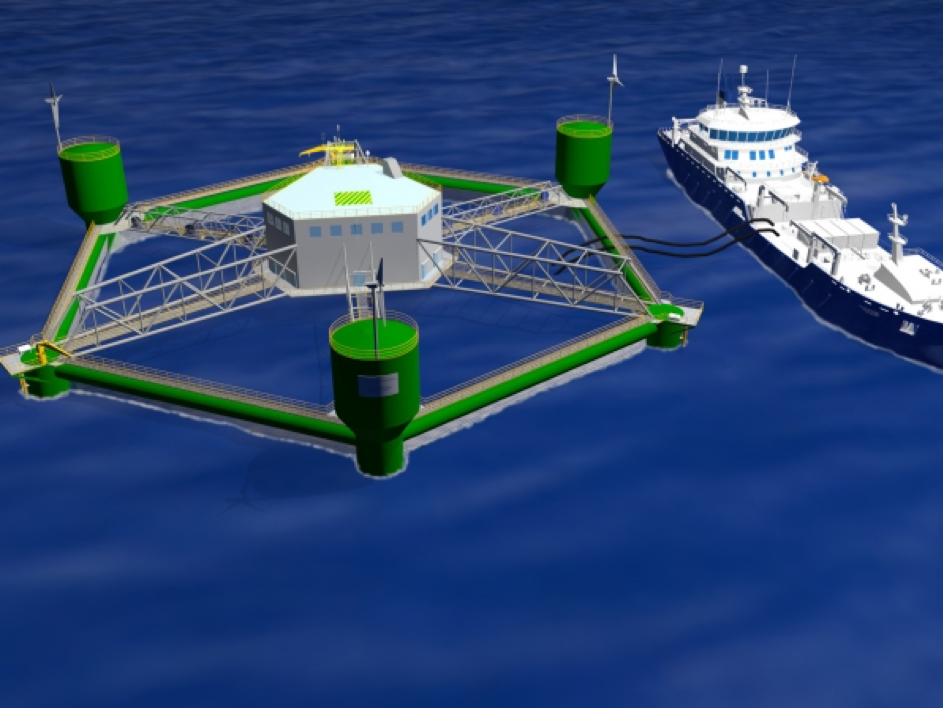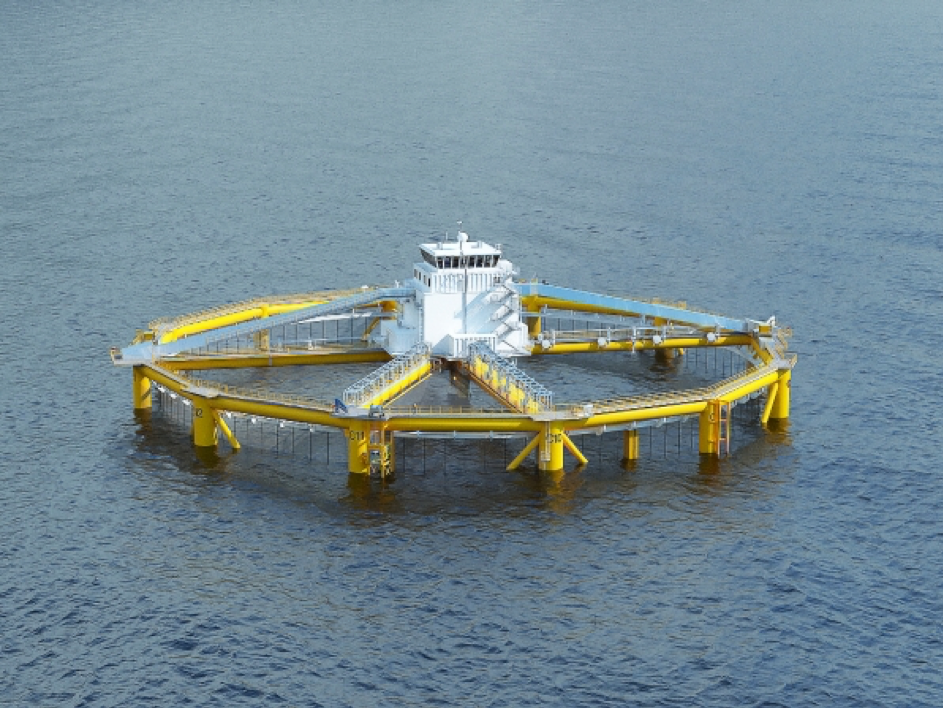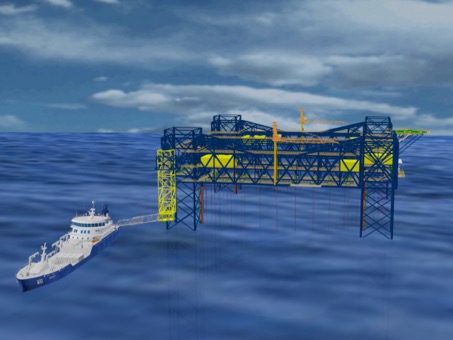Aquaculture Services
Fish Farming Offshore
Global Maritime is the world’s foremost engineering company for the design of offshore fish farms. Since 2013, Global Maritime has been heavily involved with several floating and seafloor based offshore fish farm constructions.
We have the most extensive experience within this field, with the broadest range of expertise, as it also includes more than 30 years of competence from offshore design and engineering from the Oil & Gas industry.
Critical factors to consider include:
- Concept and Design
- System Integration
- New Rules and Regulations
- Construction Follow-up
- Procedures and Best Practice
- Suitable Location
Currently, traditional net pens that are located on the coast or in a fjord, are the standard for the aquaculture industry. They sit in a stable environment, and turn-key solutions are used. These systems are time proven, and are easy to install and moor. However, these systems are harmful to the local environment and are very susceptible to disease. These effects are costly and can be long-term.
An offshore fish farming solution can solve these issues, as well as greatly increase capacity and output. All it requires is innovation, analysis, and engineering.
Fish Farm Concepts & Design
New concepts need time to mature. Fish farming involves risks, but offshore fish farming involves an entirely new set of risks. These news risks must be considered when taking a well-known operation into new and harsher environments.
The new concept requires discussion and analysis. The process entails creating a basic model to see if the concept can survive the global forces from waves, currents, and wind.
It all starts with a location, which sets the criteria for both the concept and construction. These criteria will largely be based upon the weather conditions, such as wave height, water depth, seafloor conditions, and sea currents.
System Integration
During the design, all different systems must be integrated into the structure. For example, this could include marine systems such as navigation, propulsion, sewage, fish handling systems, etc.
When moving fish farming to an offshore environment, much of the challenge is to integrate the fish handling and monitoring systems. These systems are generally designed for inshore net pens, and therefore must be redesigned to tolerate harsher weather conditions. And, it is vital to prove that these systems will withstand the environmental forces at the location of the operating structure.
Typical systems include:
- Feeding systems
- Lighting
- Dead Fish Collectors
- Net Washers
- ROV System
- Fish Monitoring
- Mooring
New Rules & Regulations
Taking fish farming to the offshore environment brings the need for new rules and regulations. Thus far, fish farming has not been exposed to large structures, large forces, or exposed areas. These larger offshore constructions also need a different manning and safety focus. Therefore, the current fish farm regulations may have gaps when dealing with this uncharted offshore territory.
By combining practices from various industries - oil & gas, maritime, and aquaculture - a new set of regulations has been introduced. Global Maritime has actively developed these regulations in collaboration with the Norwegian government, class societies, customers, and the industry. GM’s understanding of these regulations is vital for project success.
Construction Follow-Up
These innovative concepts and structures are new to the branch, as well as the ship yards. In previous decades, fish farmers have purchased standard net pens and feed barges. Essentially, there was no need for follow-up on the production side, as everything was uniform.
With these offshore constructions, the reverse is true. The building of these structures demand close follow-up at the yard.
Procedures & Best Practice
The operation of an offshore fish farm will differ greatly from that of a traditional fish farm. The need to meet new regulations, as well as safeguard people, property, and the environment will enforce the implementation of new operational procedures.
Offshore Fish Farm Locations
The location dictates the criteria of the concept and construction. Therefore, a good location is vital to the success of an offshore fish farm project.
The location should take into consideration weather, other activities, logistics, ship traffic, water depths and seafloor geology.
GM Aqua Analytics have taken all these into considerations and made a model of where to locate different types of offshore fish farm installations. The model use accessible GIS data together with own weather models to analyse different locations. As an example illustration below show a map of AIS traffic data together with areas for fishery. From this you can avoid collisions risks and conflict with fishery when selecting location.
Global Maritime is the world’s foremost engineering company for the design of offshore fish farms.
Contact our ExpertsRelated articles
Global Maritime performed a concept design process for the ...
Global Maritime designed the first Offshore Fish Farm to be ...
Erko Seafood and Global Maritime have collaborated on a new ...


